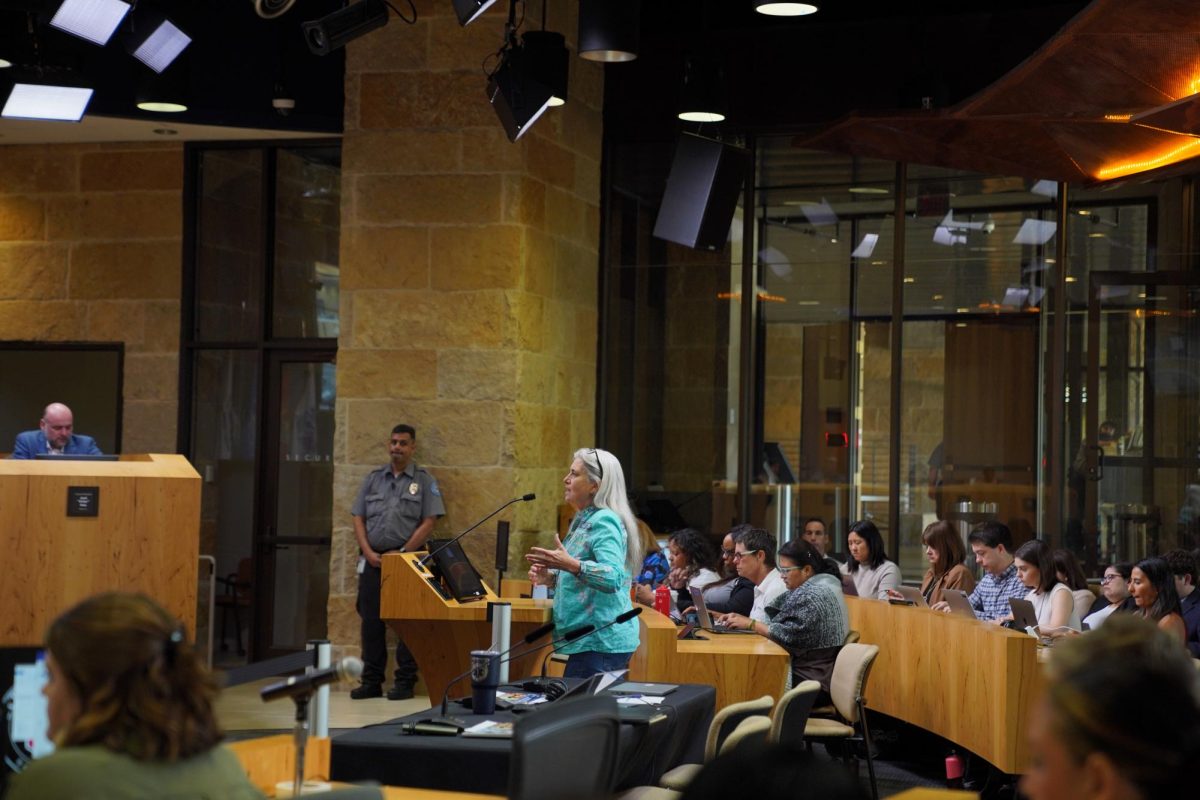Instead of spending of $3.50 per gallon on gas, people may be able to run their cars with a rechargeable battery.
The Austin AltCar Expo showcased nine vehicles Thursday, including cars, buses, ambulances and motorcycles. All vehicles came equipped with modern technology to save gas and lead to a cleaner environment. The event also offered visitors the option to test drive a few of the cars it had on display.
I think it is important for companies to keep striving for better ways to power cars because right now cars play a major role in the damage of the ozone layer, and if we have the power to change that, we should, said Michael Walker, a professional driver who attended the expo.
According to event documents, the new technology will reduce carbon dioxide emissions in the environment at a time when cars, trucks and power plants contribute to the depletion of the ozone layer.
For example, the Chevy Volt can run completely on battery power. The battery can be charged straight from a regular outlet with an estimated completion time of 10 hours, General Motors spokesman Craig Eppling said.
He said charging the battery fully would cost $1.40 steep savings over gas prices topping $3.50 per gallon nationally. A fully charged battery on the Volt will last you 25-50 miles depending on terrain, weather and the drivers style, he said.
The Volts engine powers a generator that produces electricity. The process makes the car more efficient, Eppling said.
Its kind of like bringing your back-up charger with you wherever you go, he said.
A new Ford bus called the Micro Bird has the option of running on propane, diesel or gasoline.
Its better for the environment because it burns cleaner than the buses on the road right now, said Ford spokeswoman Linda Stone.
Since the Micro Bird emits less carbon dioxide, it requires fewer oil changes, she said.
It does cost more money than a normal bus, but because of grants available and its lifetime, the funds should even out, Stone said.




















